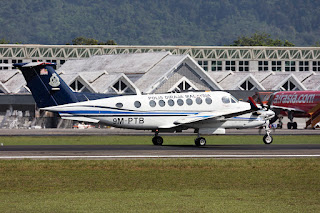Nowadays it is unusual to see a World War Two German tank as a symbol of sacrifice and friendship, but when Polish soldiers presented the Dutch city of Breda with a captured tank in 1945 it was certainly meant as such.
The 'Polish Tank', in fact a German Pz.Kpfw.V Panther Ausf. D with hull number 534 black.
Breda was liberated by the 1st Polish Armoured Division under General Stanisław Maczek, attached to the First Canadian Army, on the 29th of October, 1944. To commemorate this, on the 29th of October, 1945 the 1st Polish Armoured Division presented the city of Breda with a captured German Panther tank.
Known as the Poolse tank (Polish tank) in Breda this particular Panther tank was 'liberated' from the Krupp testing facility in Meppen, Germany, where it was used as a test vehicle during the war. It is quite a rare find these days, it is the only Panther Ausf. D tank in existence today.
534 black partly hidden by the trees.
Another shot of 534 black, the only surviving Ausf. D.
This Pz.Kpfw.V Panther Ausf. D has hull number 534 black. Usually, the first digit (5) would mean the 5th company of the 2nd tank battalion (the 1st battalion of a Panzer division would have numbers 1-4, the 2nd numbers 5-8). The second digit (3) would mean the tank is from the 3rd platoon and the third digit (4) would mean the 4th tank within the platoon. But as said, this tank was captured as a test tank in Meppen. Had it seen frontline service before that? Sources differ on this matter. Its manufacturer serial number is KMY 212-583 according to one source. The D model of the Panther tank was the first production model and 842 were built between January and September 1943.
Dit geschenk van de Polen wordt in de hoede van het publiek aanbevolen
Miastu Breda 1 Pol.Dyw.Panc 29.X.1945.R
There are two plaques on the tank and one sign in front of it. The first plaque reads Miastu Breda 1 Pol.Dyw.Panc 29.X.1945.R (City of Breda 1st Polish Armoured Division 29/10/1945) and was added by the Polish liberators. The second plaque was added by the city of Breda and reads Dit geschenk van de Polen wordt in de hoede van het publiek aanbevolen (This gift from the Poles is given in the care of the people). The same text is also written on the sign in front of the tank.
A good view of the thick frontal armor of 534 black.
This Panther was given to Breda in full working order. Over the years several bits and bobs were removed by "private collectors" and the tank was in need of a proper restoration in the early 2000s. In exchange for the engine, gear box and the turret engine of 534 black to use in their restoration of Panther 158-134 the Wheatcroft Collection restored the Polish tank in 2003-2004.
Click on the photographs to enlarge


































































